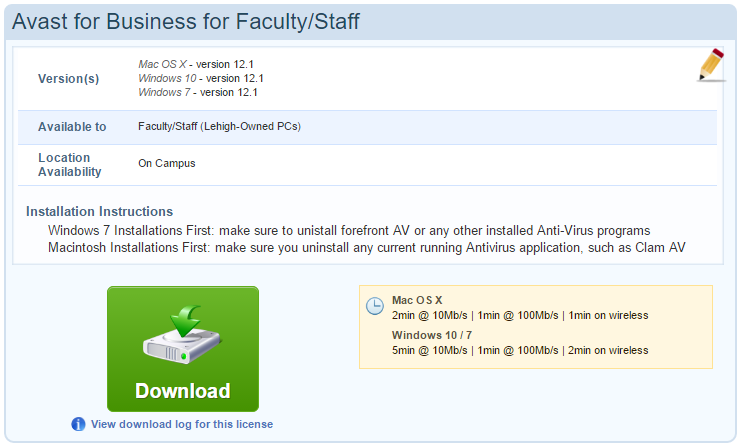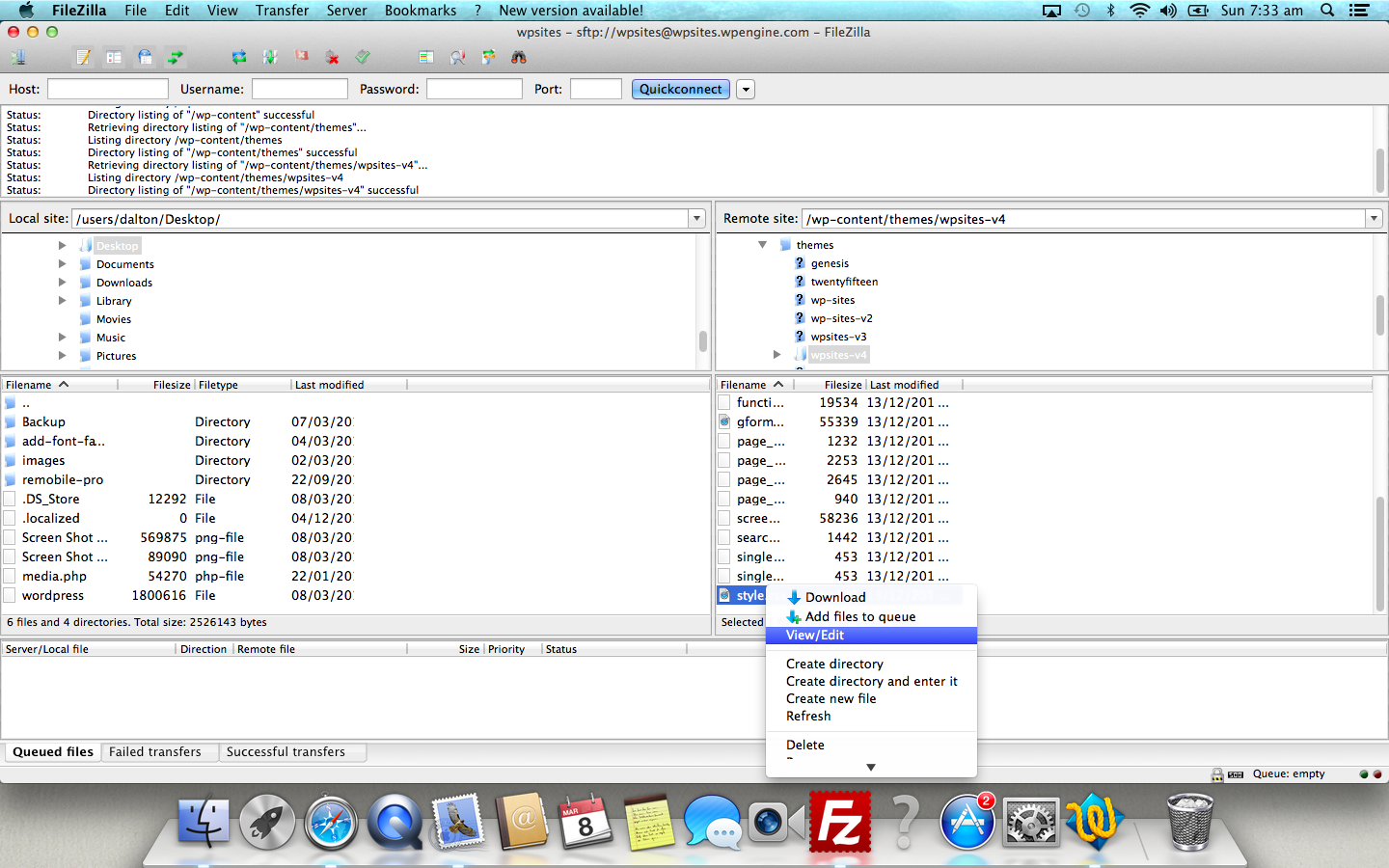

This separation is handy for things like File and Printer Sharing and HomeGroups since we don’t want someone from public WiFi to be able to connect to a network share or a local HomeGroup.

You can do this by clicking on Allow an app or feature through Windows Firewall.Īs you can see, for each program or feature of Windows, you can choose to allow incoming connections on the private and public networks separately. Normally, this is automatically done by the program itself, but in some cases, you have to do it manually. The main reason most people will ever mess with the firewall is to allow a program to work through the firewall.
/img_04.png)
Your home wireless network should show up under Private networks, but if it doesn’t, then you will probably have to manually tell it that the network is a Home network and not a Public network. On the right hand side, it splits the view into Private networks and Guest or public networks. This will bring up the Windows Firewall dialog where you can control all of the various settings for the firewall.


 0 kommentar(er)
0 kommentar(er)
